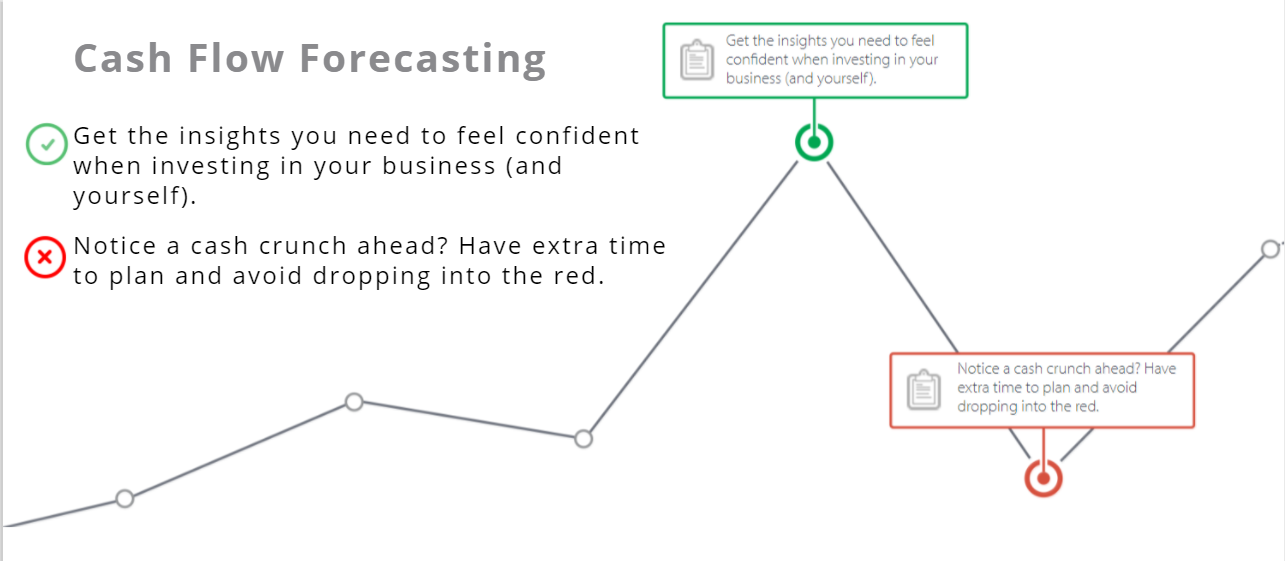Profit First is an exciting idea for ecommerce sellers to manage their capital efficiently. With this electrifying concept, you can now use your finances more productively while maintaining your comfort zone. Parkinson’s Law has underpinned this beneficial idea.
Imagine your excitement when you realize that your bank account is escalating than your expectations, ultimately boosting your mind to spend more. Parkinson’s Law gives an extra privilege to ecommerce sellers and empowers them to conserve more even when they have less. It does not matter how much you earn, but now you can spend the entire earning because expenses will automatically increase in lockstep with your remuneration.
Profit First Accounting
Profit first accounting is a cash flow mechanism that mainly focuses on ecommerce sellers’ profits instead of expenses or revenues. Take into consideration that you need to manage five plates: owner’s pay, taxes, profits, revenue, and profit expenses.
Make provision for keeping your funds aside twice a month for owner’s pay, taxes, and profits. Now your company can use the leftover on operating expenses. The most relaxing part of this mechanism is that you do not lose sight of the amount planned for taxes and debts.
With more revenue, you can automatically cut off the portion for your taxes so you will not crave to expend it. Take on board that profit first accounting relies on a simple formula:
Sales – Profit = Expenses
Maintain Separate Bank Accounts
Most of the time, eCommerce sellers use a single bank account for their entire business and personal transactions and consider that the amount will enable them to observe whether the business is running healthy or not.
Be mindful of the fact that you need to manage your business and personal banking separately. With separate bank accounts, you can easily identify the bank statements of your business operation. For more accuracy, take account of cloud computing systems like Xero.
With Xero, you can simply integrate with your bank feed, Shopify, Stripe, Amazon, and several other options empowering you to identify your expenditures. Not forget to examine all essential financial reports such as a balance sheet, a detailed general ledger, and a loss and profit statement.
How Does Profit First Work?
For setting up a profit first method, you can use the beach entry method. With this method, you can easily start your business without jumping off the deep end.
- Set up a minimum of three bank accounts, one for operating expenses, one for inventory, and one for saving your profits.
- Mark the percentage of revenues that you will allocate to every account. Be mindful not to change the funding allocations for the first few months.
- Fix a comfortable salary for yourself. It will reduce your temptation of spending profits.
- Don’t change up your mechanism more frequently. Balance your accounts twice a month is a good option.
Benefits of using Profit First Method
With Profit First Method, being an ecommerce seller, you can enjoy numerous benefits.
- You can easily use their accounts for a rapid reference without impacting the robustness of business.
- Organize your money effortlessly depending on logical steps of growth.
- Capital will not lose unexpectedly, even you do not want to purchase.
- Having a more coherent system in case of any unexpected turbulence.
No-Brainer approach
- An incredible solution to the most probable fatal consequences, bear in mind that you can instigate the process for free.
- It does not require a sophisticated accounting background.
- You can enjoy a reliable, systematic, and organized real-time picture of business finances.
- Compatible with automatic allocations.
- Exceptional method for keeping track of safe withdraws.
- Enables you to control cash flow for all expenditures.
An Improved Handle Around Inventory
With this compelling method, you can smoothly handle the inventory. Be mindful of few things regarding the inventory.
- Examine the turnaround period for every product and determine the time required for restocking.
- If you want to know the desired number of orders, check the sales trends and inventory lead time.
- Consider what your action will be if inventory does not sell.
- Bear in mind of storage cost of unsold or damaged inventory.
- Call to mind the acceptable product returns and refund levels. Make sure you have an authenticated investigation system to determine the reasons for the products’ return.
- Be aware of the gross margin.
- Not lose sight of contribution margin to know whether you earn sufficient money on each item to pay your team and taxes.
Separate Bank Account For Inventory
Think about acquiring a separate credit card for inventory purchases to keep proper track of your expenses. Otherwise, you may have to face considerable issues. Take cognizance of making a separate account for your inventory control. This vault account will act as a backup and enables you to tackle different cash flow problems like if your account is freeze or any ups and downs in your business.
Maintenance and Reward
Be aware that transferring money between your accounts should align with the number of times eCommerce platforms send you the amount. Take on board that continuous transfer of amount can cause issues in cash flow. Make provisions for rewards.
Being an eCommerce seller, you play the role of the business owner and employee and sacrifice your nights and weekends. By having a robust system, you will comfortably withdraw the profits relying on having enough funds for survival.
Good to Know
Ecommerce sellers usually do not bother to send accurate reports to their finance managers, such as P&L and balance sheet. Make sure your statements should be accurate and crucial. Without a thorough understanding of your bank accounts and the company’s finances, you can’t evaluate the exact amount of taxes you will owe.
Meanwhile, inexperienced eCommerce sellers find that they haven’t established sufficient cash to satisfy the IRS as the tax season approaches.







